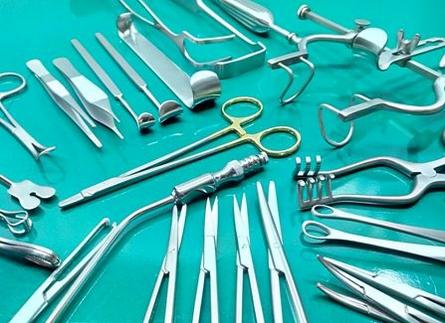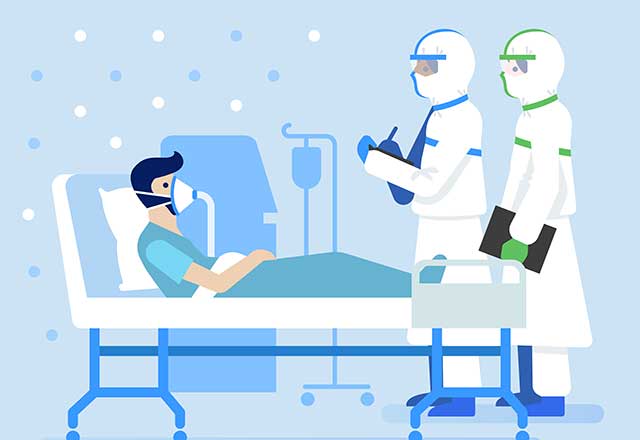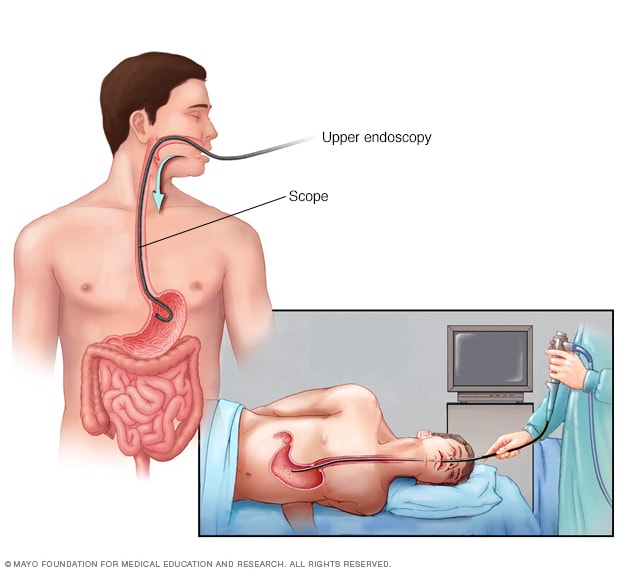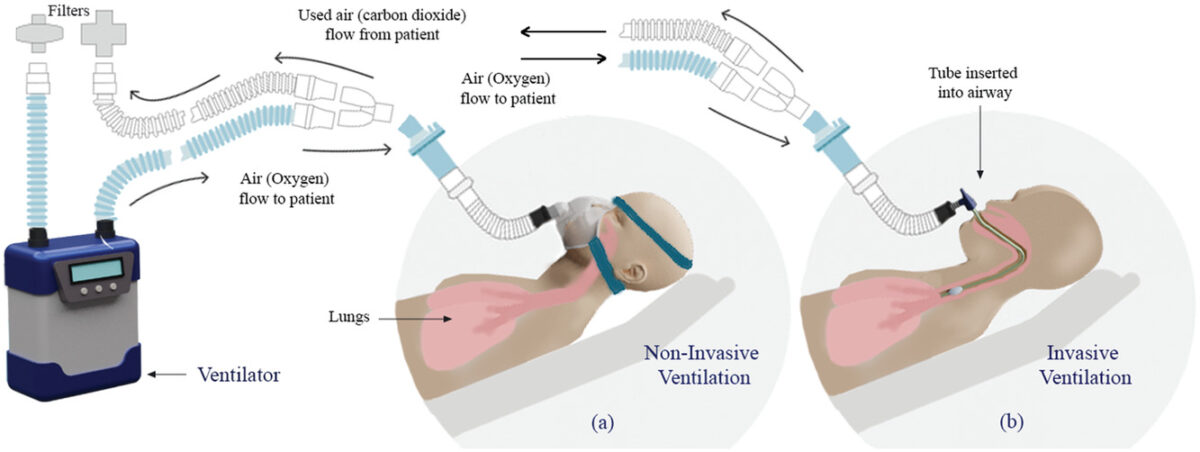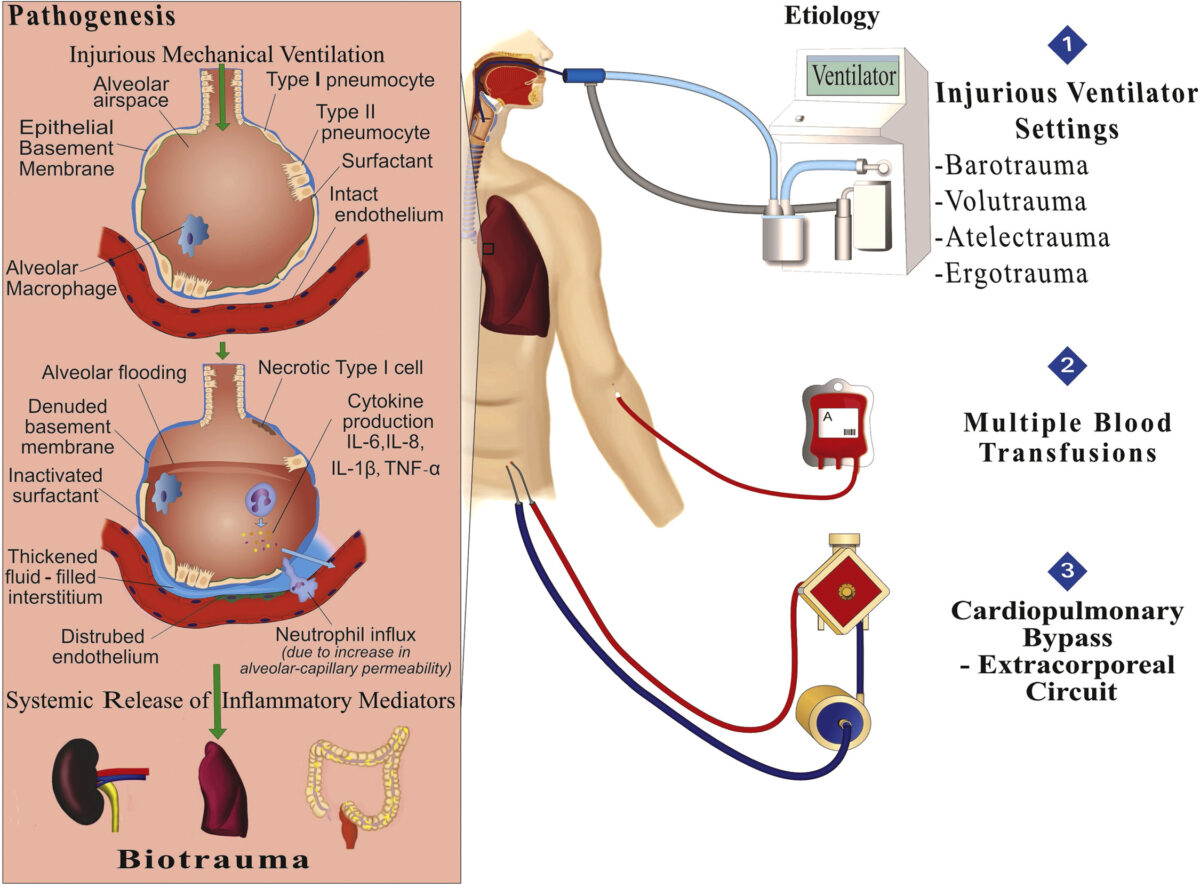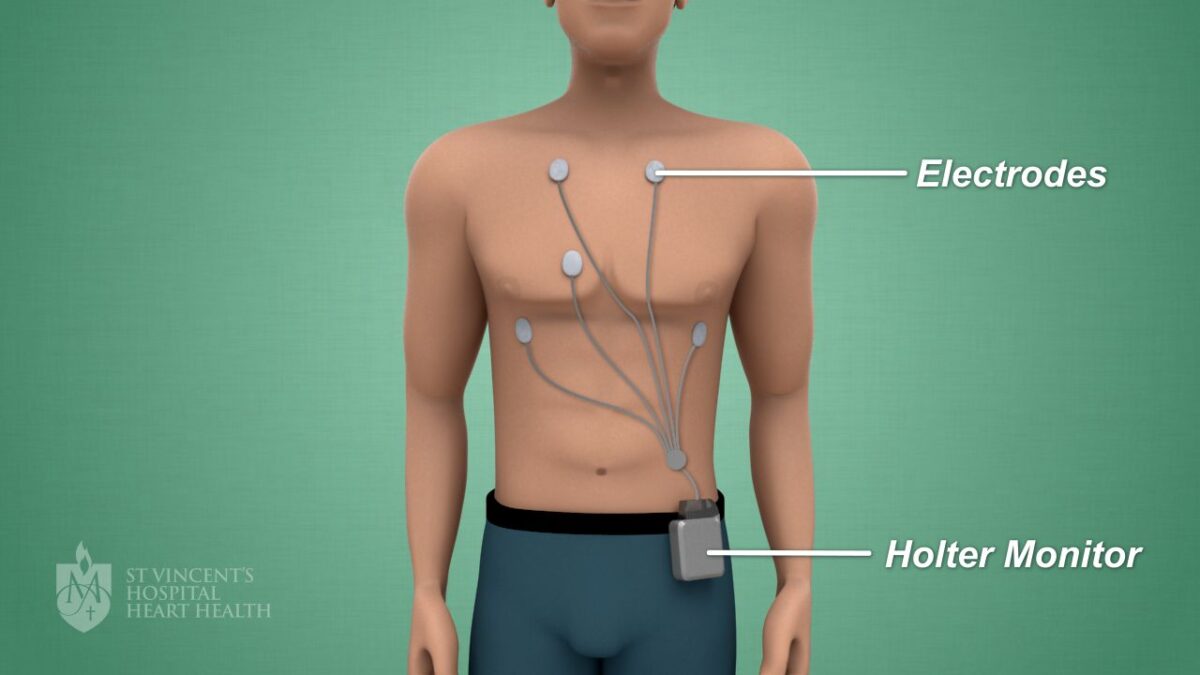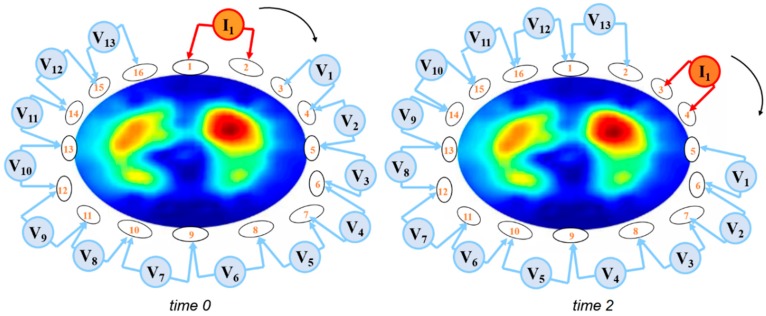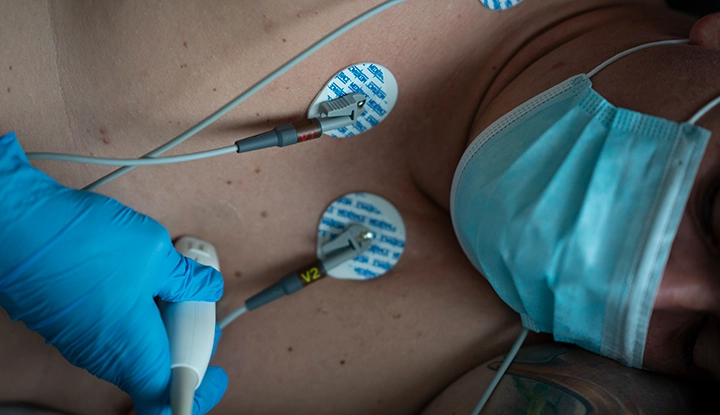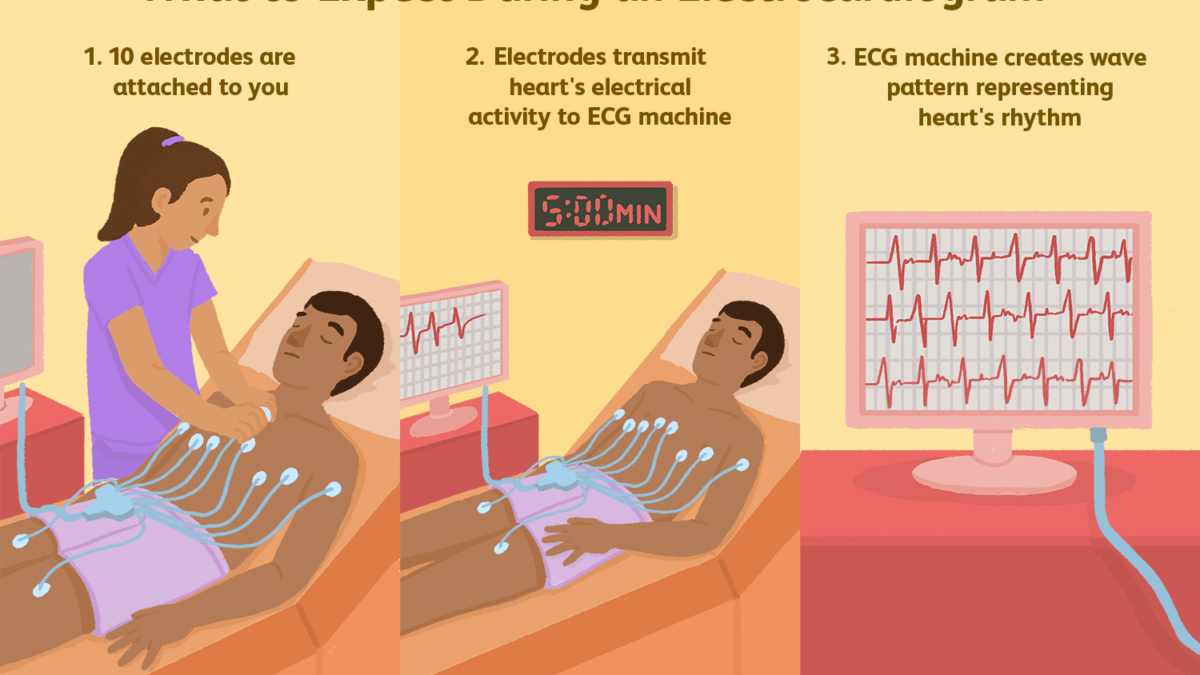Minor surgery in SEhas long been held to be cost-effective and popular with patients. Minor surgical procedures in primary care include:
- Cryotherapy.
- Electrocautery.
- Curettage.
- Therapeutic injections used in a variety of conditions – eg:
- Injections into joints (steroids but also perhaps viscosupplementation).
- Aspiration of joints.
- Injection of tennis and golfer’s elbow, or carpal tunnel injection.
- Injection of varicose veins and piles.
- Excisions.
- Incisions.
- Other surgical procedures which the practice is deemed competent to carry out – eg, skin biopsy (punch and shave), endometrial sampling, removal of toenails, removal of contraceptive implants, evacuation of perianal haematomas and removal of skin lesions where clinically indicated (see local guidance).
Basic minor surgery
Equipment and accommodation
- Most surgeries have a dedicated treatment room in which such surgical procedures are performed; however, cryotherapy, electrocautery and curettage can be performed in a normal consultation room, provided that there is adequate lighting and space.
- A clean area is not as important as for ‘cutting’ surgery but it is desirable and creates a favourable impression of a professional service.
- Equipment should be appropriate to the job and of adequate specification:
- A curette can be sharp or blunt. A sharp curette is more frequently employed, although it can cause more damage if used without skill. A range of sizes adds versatility. Disposable instruments are now recommended. A hot water boiler is inadequate and even pressurised autoclaves can no longer be recommended.
- If there is any uncertainty about the adequacy of equipment, the Clinical Governance team of the local Clinical Commissioning Group (CCG) should be able to give advice.
- Appropriate infection control measures should be in place. National Institute for Health and Clinical Excellence (NICE) guidance is available[1] .
- Electrocautery is provided by a hot wire. This apparatus usually works on about 12 volts. This may be provided by a battery but a transformer plugged into the mains is more usual. There is a button on the handle to switch the current on and off. There may be a number of heads of various shapes and sizes for various jobs. They can be removed to be cleaned and sterilised but letting them glow red will provide a much higher temperature than any autoclave, although not for so long.
- Cryosurgery requires a cold source and the most common is liquid nitrogen. It can usually be bought by special arrangement from a local hospital or directly from a supplier if a storage vessel is purchased. It is essential to remember that it is exceptionally cold with a boiling point of −196°C and so requires appropriate precautions for use and storage. Thick gloves and goggles must be worn when decanting or transferring liquid nitrogen.

